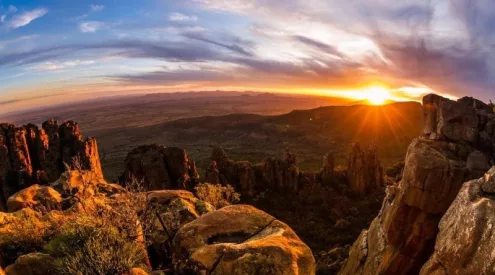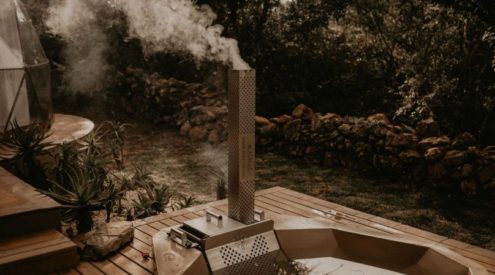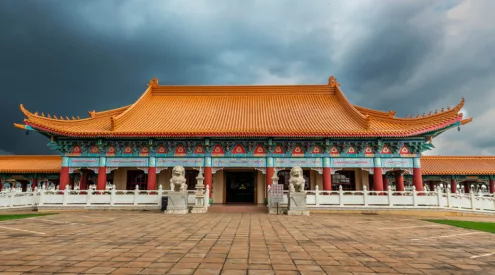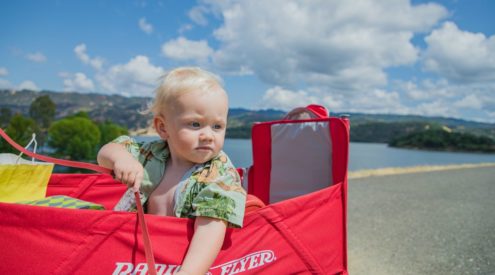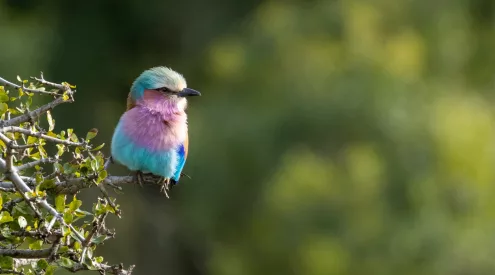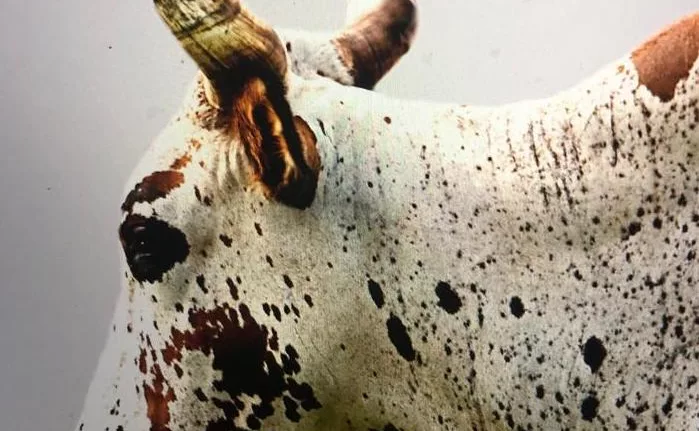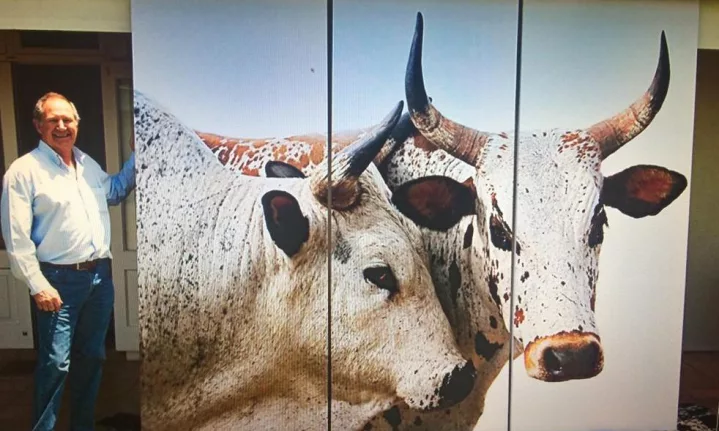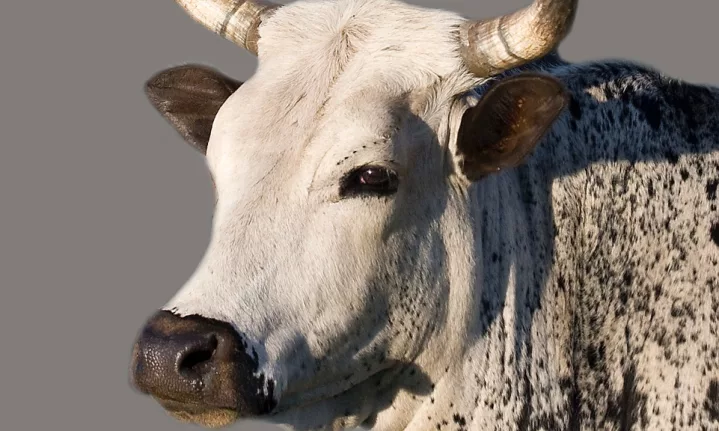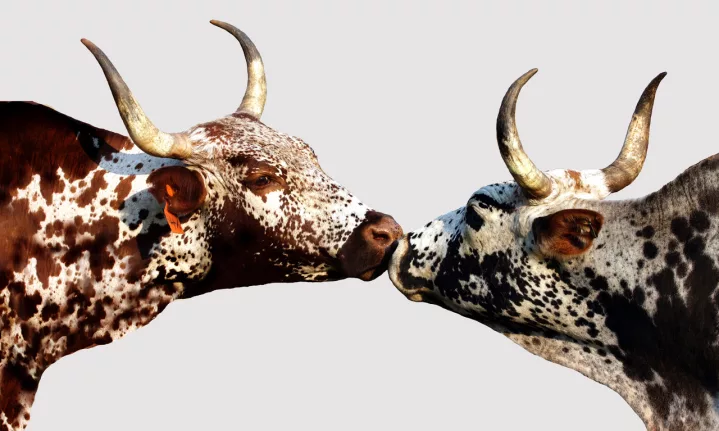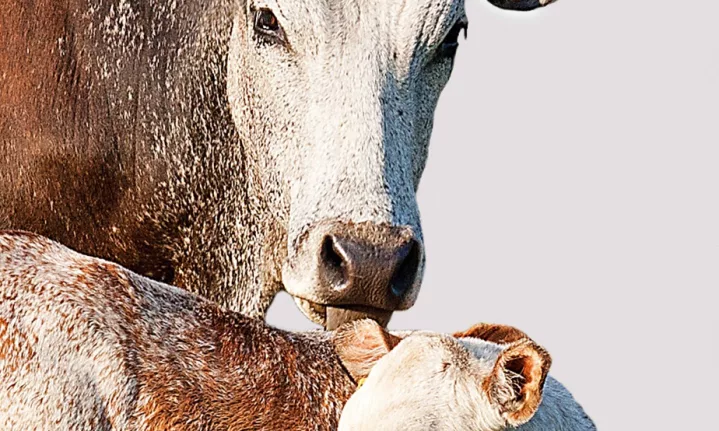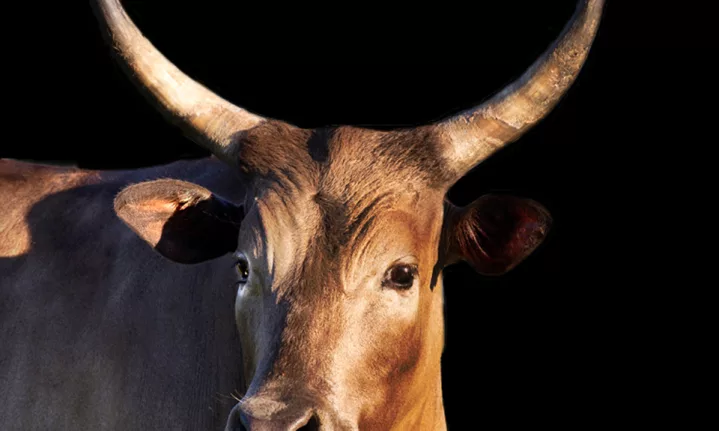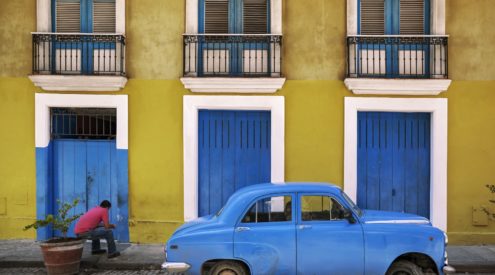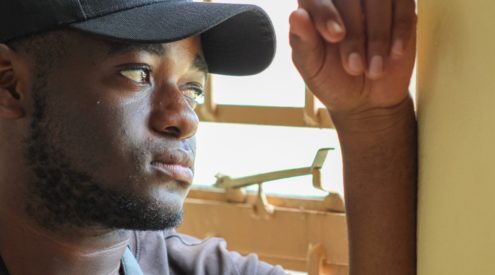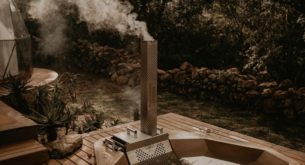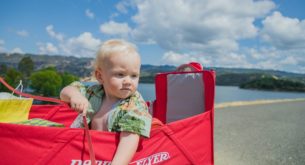Ed Schroeder may be the most passionate Nguni advocate we’ve ever met. He’s one of the talented photographers behind the book The Nguni of the Makhathini Flats, a beautiful collection of photographs and stories of the people who breed Makhathini Nguni. He is currently working on his second book Nguni: The Indigenous Sanga-Nguni Cattle of Southern Africa.
After chatting with him about his life’s work, it became clear why Nguni cattle are vital to him and why they should be to us.
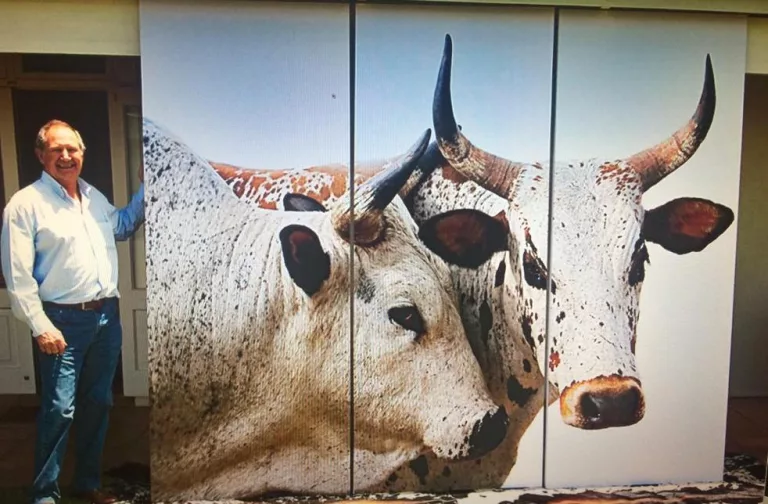
Ed Schroeder’s roots
In 1946, I was born in a remote area of northern Natal, where my father was the headmaster of a small school. He had always taken a great interest in Zulu culture, attire and traditions, and he would often take me with him when he photographed Zulu weddings. He would also shoot images of Zulu people dressed in traditional bead wear and clothing.
When my father retired, he became curator at Fort Durnford Museum in Estcourt, where he built an authentic Zulu kraal. A stickler for authenticity and staying true to Zulu culture, he ensured every detail, down to the last stick, was correct. He also started his own small herd of Nguni cattle, where I believe his love of the animal began.
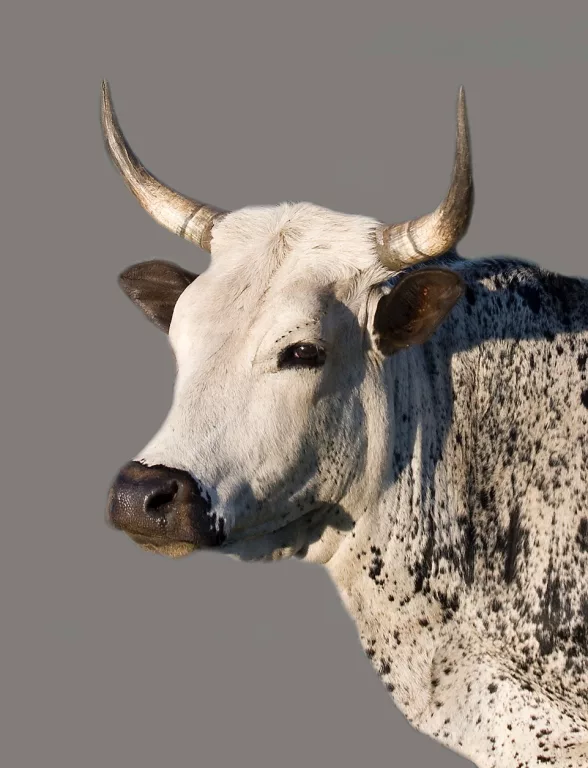
Bert Schroeder
My father, Bert Schroeder, drew up a register of colour patterns for the Nguni cattle by speaking to many Nguni cattle herders in Zululand.
I introduced him to a friend of mine, Marguerite Poland, a successful writer with a keen interest in African culture and oral traditions. I quote her in the foreword of my book The Nguni of the Makhathini Flats.
One morning, almost thirty years ago, an elderly man arrived at my door, clutching a bulging cardboard box. He was the father of a dear friend, and he had come “with instructions”. No hesitation, no moment for disagreement was allowed: he laid out an array of the most astonishing photographs of cattle, the likes of which I had never seen before. The colours, the patterns, the horn shapes! Before I could even begin to comment, he began to chant the Zulu names for their colour patterns: that which is the eggs of the lark; the dappled stones of the forest; the fish eagle; the shadows of the trees silhouetted against the sky; the flies in the buttermilk. A world of metaphor and imagery born of the most acute observation and association. Then he said, ‘I am an old man, and someone must finish this work.
My father persuaded Poland to write her doctorate on the Nguni cattle colour patterns. She also wrote a book, Uchibidolo: The Abundant Herds, which she dedicated to my father. Her cousin Leigh Voigt illustrated it, and her original paintings were sold to Nicky and Strilli Oppenheimer.
The beginning of Makhathini
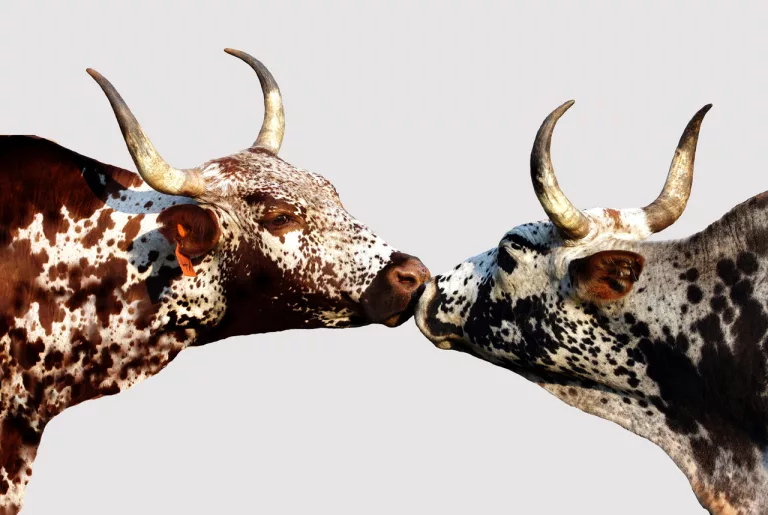
My father’s story laid the foundation for mine.
My wife and I built a house in a beautiful estate called Garlington, outside Hilton, with a herd of about 60 to 80 Nguni cattle. I had just retired as a school teacher in 2007, and my wife, worried I would get underfoot with all my free time, handed me a point-and-shoot camera and told me to try something new. Little did we know that this hobby would become my passion.
I had no idea where to start or what to photograph until a Nguni cow poked her head into my bedroom window. With my background and knowledge of Nguni, thanks to my father and Marguerite, I had my subject. This was also the start of my love for photography and Nguni.
I met with a farmer, Brian Magor, to ask where I could find Nguni cattle to photograph. He put me in touch with Michelle Schmitt, whose husband was an avid Makhathini Nguni breeder. Michelle added me to the Makhathini WhatsApp group, where I met some passionate Makhathini farmers. They each had such intriguing backgrounds, so I decided to photograph them and create a little book to document their stories. That became The Nguni of the Makhathini Flats.
I visited the Oppenheimer’s home, Little Brenthurst, to look at the original paintings of ‘The Abundant Herds’ for the first time. I showed Strilli the first draft of my book, and being an art and Nguni enthusiast, she offered to sponsor the book and host its launch at Little Brenthurst. Without Nicky and Strilli’s generosity, my book would have never been published.
Nguni: the indigenous Sango-Nguni cattle of Southern Africa
My second proposed book, Nguni: The Indigenous Sanga-Nguni Cattle of Southern Africa, focuses on raising awareness of the importance of preserving the original genes of Nguni cattle.
As a whole, the mixed Nguni ecotypes are not in danger of extinction. But specific ecotypes such as the Makhathini, the Nkoni of Zimbabwe and the Ovambo of Namibia are in grave danger of extinction. These ecotypes have the original genes of the cattle that migrated from central Africa with the Nguni tribes.
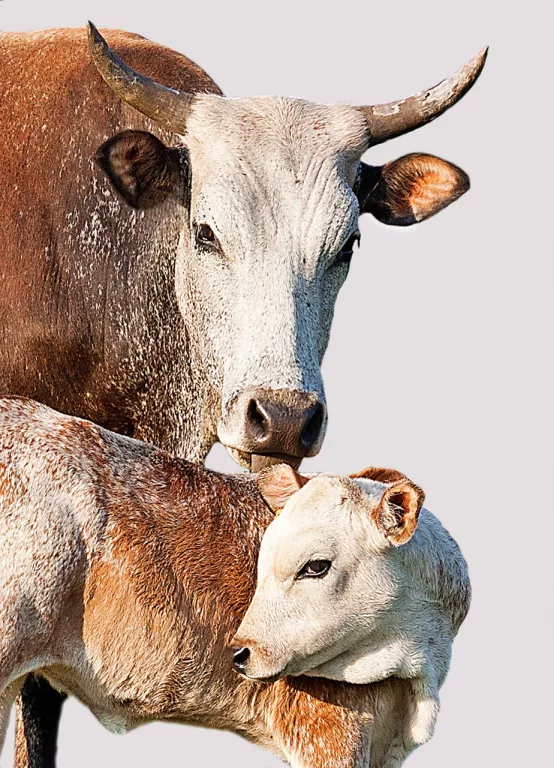
Farmers are cross-breeding Nguni, diluting and subsequently losing their original genes. No cattle breed is more suited to adapting to the effects of climate change than the original Nguni ecotypes, which is why we must preserve these genes.
I am appealing to the government, farmers, Nguni owners, breeders, the agricultural sector and those involved in the food and beef industry to be aware of the consequences should these genes be lost. The purpose of my book is to highlight the importance of these different Nguni ecotypes.
The book starts with the origin and early history of Nguni as a whole, as well as their description and characteristics, distribution and recent migrations. Each section looks at Nguni cattle in different African countries, starting with South Africa.
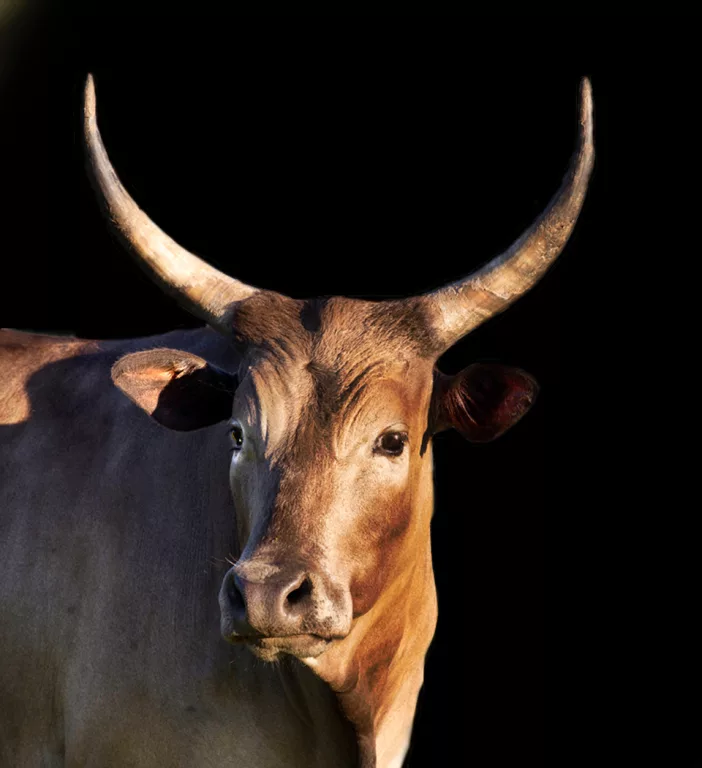
What he loves about Nguni
My long answer would be their nature. Nguni have been raised in constant proximity to humans, creating docile, placid cattle that are easy to handle.
Very few calves are snatched by predators as their mothers are incredibly protective and use their long horns to keep their young safe.
My short answer is that I love everything about Nguni.
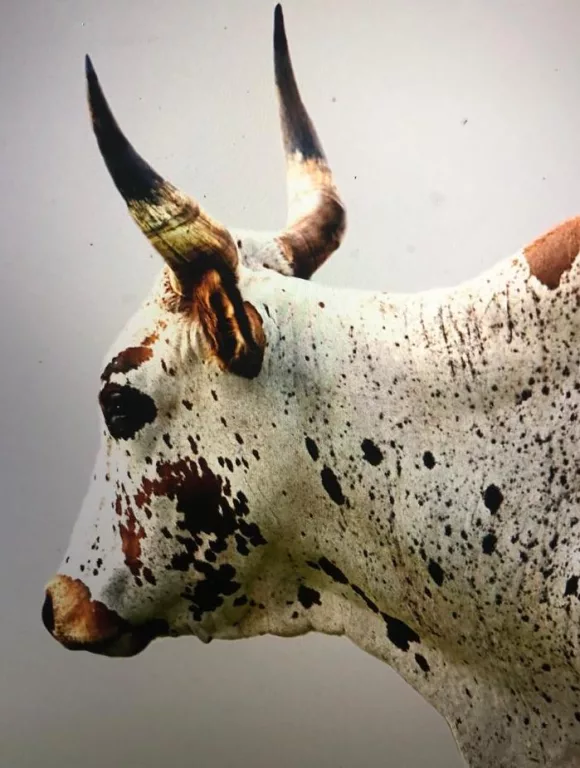
Ed’s favourite photograph
Pictures: Ed Schroeder
Follow us on social media for more travel news, inspiration, and guides. You can also tag us to be featured.
TikTok | Instagram | Facebook | Twitter
ALSO READ: Dr Gabriella Nel becomes youngest South African and medical doctor to summit Everest

